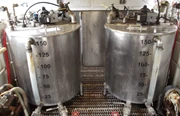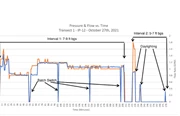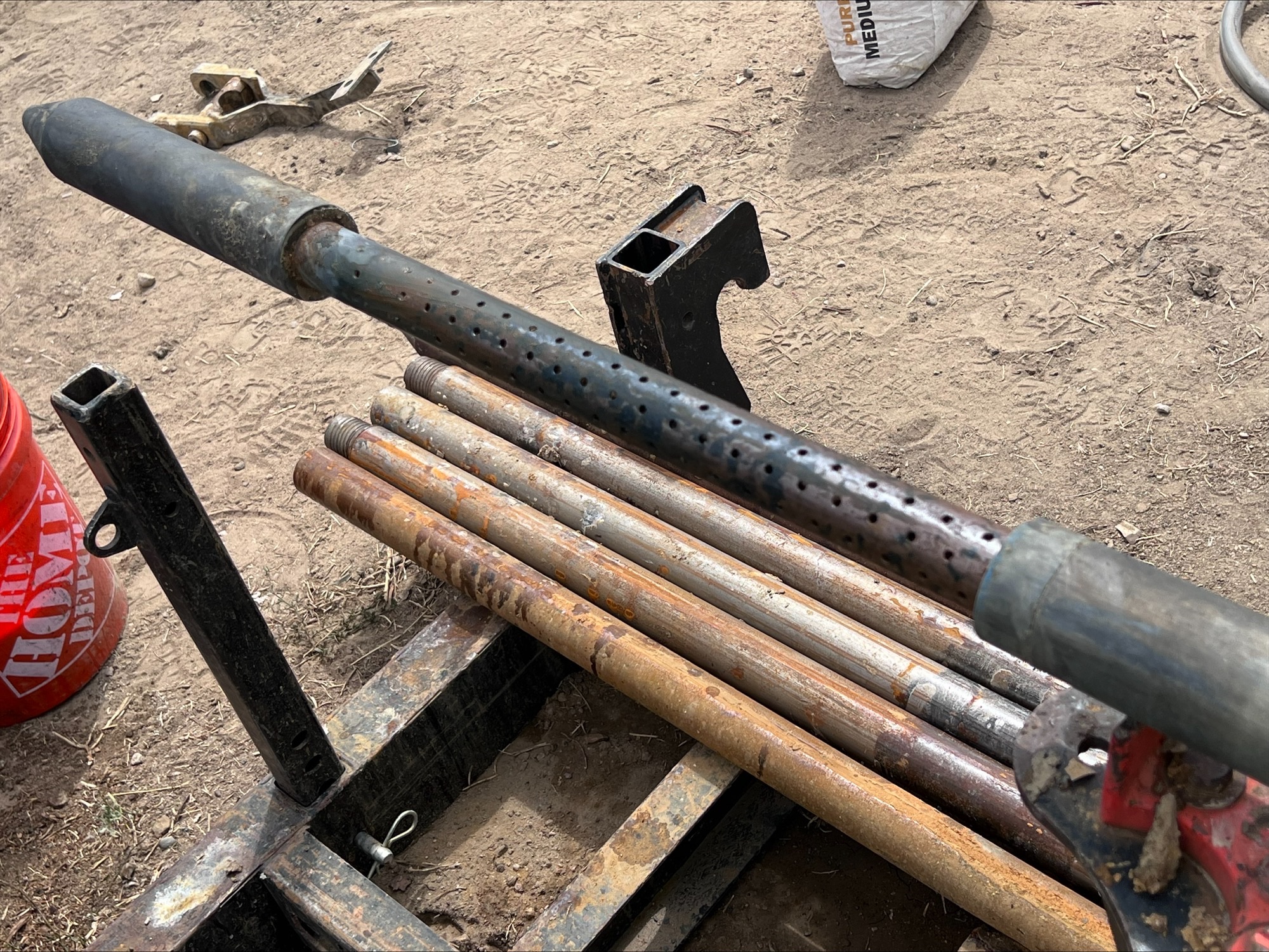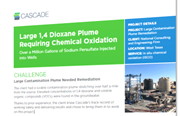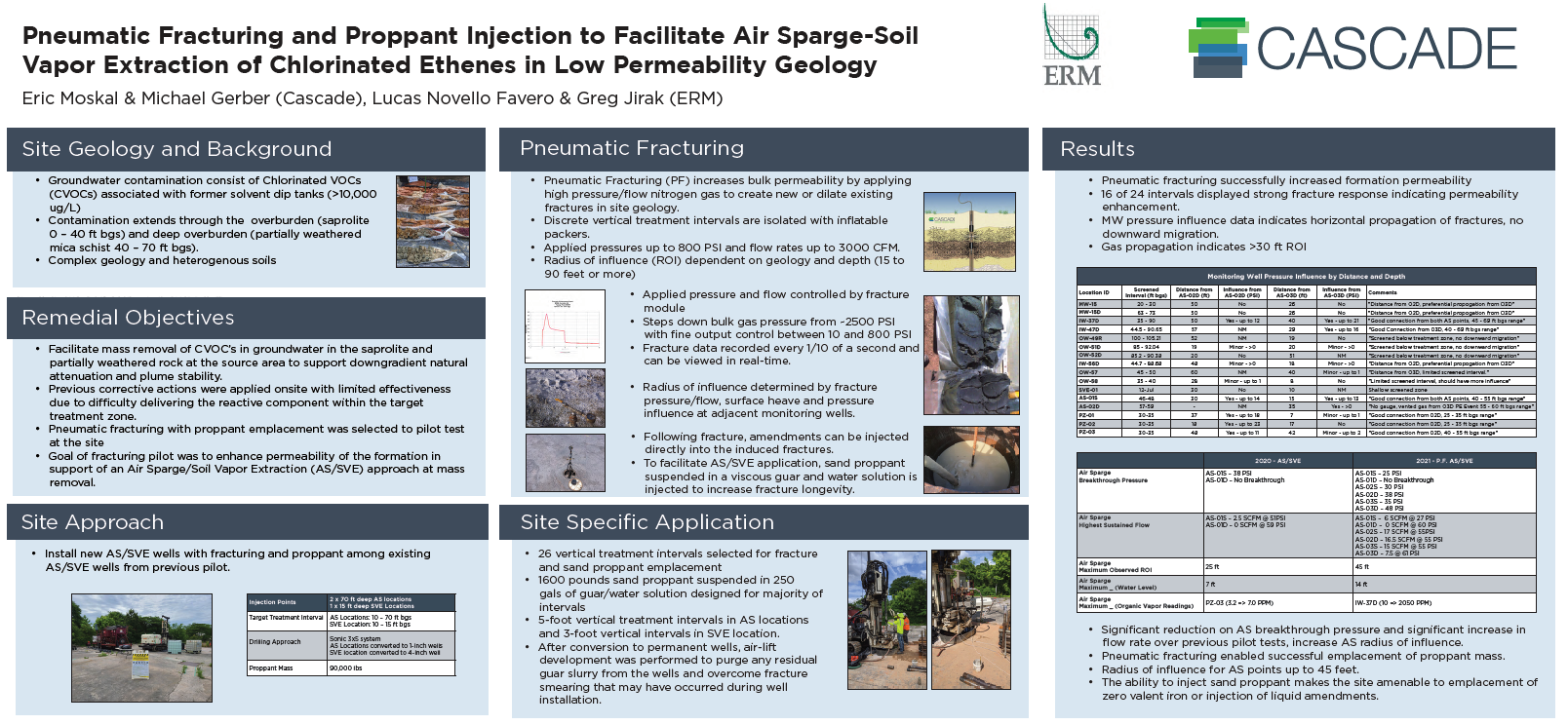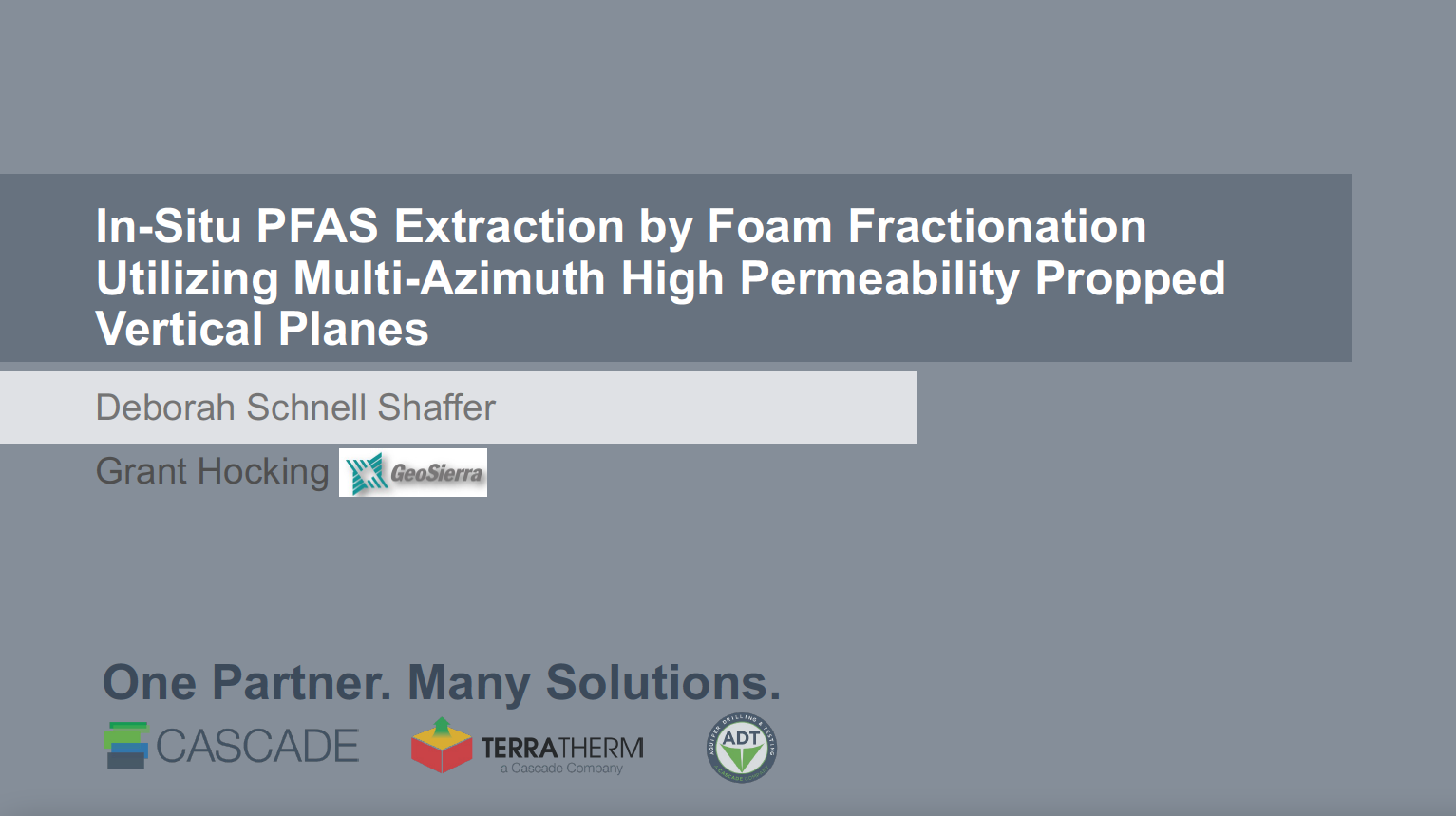Collaborative Planning for Successful In Situ Injection Remediation Projects
By: Eliot CooperHow can you guarantee a successful in situ remediation project? Collaborative planning between consultant and injection contractor will help you achieve your project goals safely and seamlessly, on time and on budget.
In my upcoming webinar The Basics of Planning a Successful In Situ Injection Project I’ll provide insight into the critical planning steps you need to take.
Remediation projects are like construction projects; it’s always critical that everyone involved is on the same page to ensure costs, schedule, and safety are maintained, beginning with the Request for Proposal (RFP). A remediation project differs from construction projects, however, because there is more certainty related to above ground activity than below ground. This uncertainty includes subsurface conditions and above ground logistics that can impact mobilization, drilling, injection, and mixing equipment, injection performance, safety equipment, amendment storage, security, and dilution water availability (Learn about five common challenges on injection projects). These issues can all be effectively managed with collaborative planning.
Planning Starts with the Request for Proposal
In order to facilitate this collaborative planning process, it’s critical that the project scope of work in the RFP identifies the components that must be addressed to fully understand what the contractor will provide and to compare contractor bids on an apples-to-apples basis. Start by including these six key elements in the project’s scope of work and request for proposal.
1) Project Startup
- Describe your approach to shaking down equipment on-site
- Describe your approach to verifying expected injection rates and pressures
- Describe methodologies you use to verify distribution
2) Chemical Injection
- Describe your approach to managing injection flow and pressure with design specification
- Specify flow and pressure monitoring equipment that will be used, their applicable ranges of operation, their compatibility with the selected reagents, and how and when they will be calibrated
- Specify pumps and backups that will be used to achieve total flow and pressure requirements and their compatibility with selected reagents
- Describe tooling selection based on target interval depth, length, and lithology (screen length/diameter, top down/bottom up, etc.)
- Provide PFD of mixing and injection system to be used
3) Data Collection and Recordkeeping
- Describe recordkeeping to meet specified reporting needs
- Describe amendment inventory reconciliation documentation, including second lines of evidence, to verify the correct amount of amendments were mixed and injected
- Provide an example of recordkeeping and final report
4) Remediation Design Support
- Specify return on investment taking into account groundwater velocity, porosity assumptions, reagent kinetics, spacing, point configuration rationale note
- Provide stoichiometric reagent calculations and safety factors for total contaminant mass (dissolved, sorbed, DNAPL, scavenging reactions)
- Provide a sound technical basis for multiple events, taking into consideration longer term matrix back diffusion challenges
- Avoid “rules of thumb”
5) Site Safety Considerations
- Specify PPE to be used that will be adequate to prevent inhalation, skin, and eye injuries for all operations where exposure is possible
- Confirm that an on-demand safety shower/eye wash will be available
- Provide available safety reporting documentation (OSHA, insurance carrier, etc.) that demonstrates your ability to provide injection services in a safe manner
- Identify the Safety Manager for the project. Will a HASP be provided, and will project specific job hazardous analyses be performed?
- Describe what spill control equipment and secondary containment for amendments and mixing will be provided, and how spills or surfaced reagents will be managed, including final disposition of recovered material
- Do you have a change management system to ensure that all equipment mobilized to the site will be compatible with the selected amendments and rated at the maximum pressure output of the proposed pumps? If yes, please provide a copy.
6) Project References
- Provide references for similar amendment applications in similar lithology, including:
- Project name, client, location, and injection dates
- Total gallons of all amendments and concentrations injected
- Total injection days
- Lithology and whether fracturing was required
- Injection pumps and tooling used
- Challenges experienced during the project and how they were resolved
- Provide resumes for project manager, site safety officer, and lead remediation operator for this project
Key Considerations for Planning the Project Execution
Once you’ve received the proposals and awarded the project to an injection contractor, it’s on to planning the details of project execution. The following tables outline the in situ remediation project components and key items that provide the most benefit from collaborative planning.
The project components can have both direct and indirect impacts to project success. Direct means impacts to achieving required distribution and contact with contaminants to obtain groundwater reductions. Indirect means impacts that could result in losing focus on achieving remediation results, which ultimately can impact obtaining groundwater reductions or create higher safety risks as well as inhibit troubleshooting innovation.
DIRECT IMPACTS:
| Project Components | Key Items |
|---|---|
| Mixing |
|
| Water Management |
|
| Pumping |
|
| Performance Monitoring and Reporting |
|
| Shakedown - Distribution Testing |
|
| Troubleshooting |
|
| Direct Push Drilling |
|
INDIRECT IMPACTS
| Project Components | Key Items |
|---|---|
| Safety |
|
| Mobilization and Setup |
|
| Amendment Handling and Reconciliation |
|
| Direct Push Drilling |
|
Working together to plan how these items will be handled helps ensure that in situ remediation projects meet everyone’s expectations and that risks are reduced along the way.
Collaborating with your injection contractor to manage uncertainty with careful planning results in seamless project execution from the RFP stage to site closure.
To start the process of collaboration with Cascade, please fill out our Request for Quote form.
About the Author

Eliot Cooper is the Vice President of Technology and Business Development. In this role, he helps clients design efficient and cost-effective remedies using high resolution design optimization (HRDO) and a vast array of remediation options. His specialty is finding the right combination of tools and technologies for complex sites and ensuring every step of the remediation process is optimized to achieve results. Most recently Eliot has led the Cascade Chemistries team to bring more cost effective colloidal solids for PFAS, solvents, and petroleum that are injectable and can get you across the finish line faster.
Eliot draws on a career that spans more than 30 years in the environmental remediation industry and includes hundreds of projects nationwide. He’s remediated sites that involved hex chrome, fuel spills, and chlorinated solvents. He specializes in injected remedy delivery, remediation design support, characterization of VOCs, and tackling complex sites by combining multiple remediation technologies.
Eliot previously served at the Environmental Protection Agency in both air pollution and hazardous waste management programs, as well as in the private sector providing thermal combustion and in situ remediation field services. Eliot now leads Cascade's in situ remediation solutions team to evaluate available technologies to meet client goals, provide advanced delivery techniques, and ensure HRSC results in actionable solutions.



